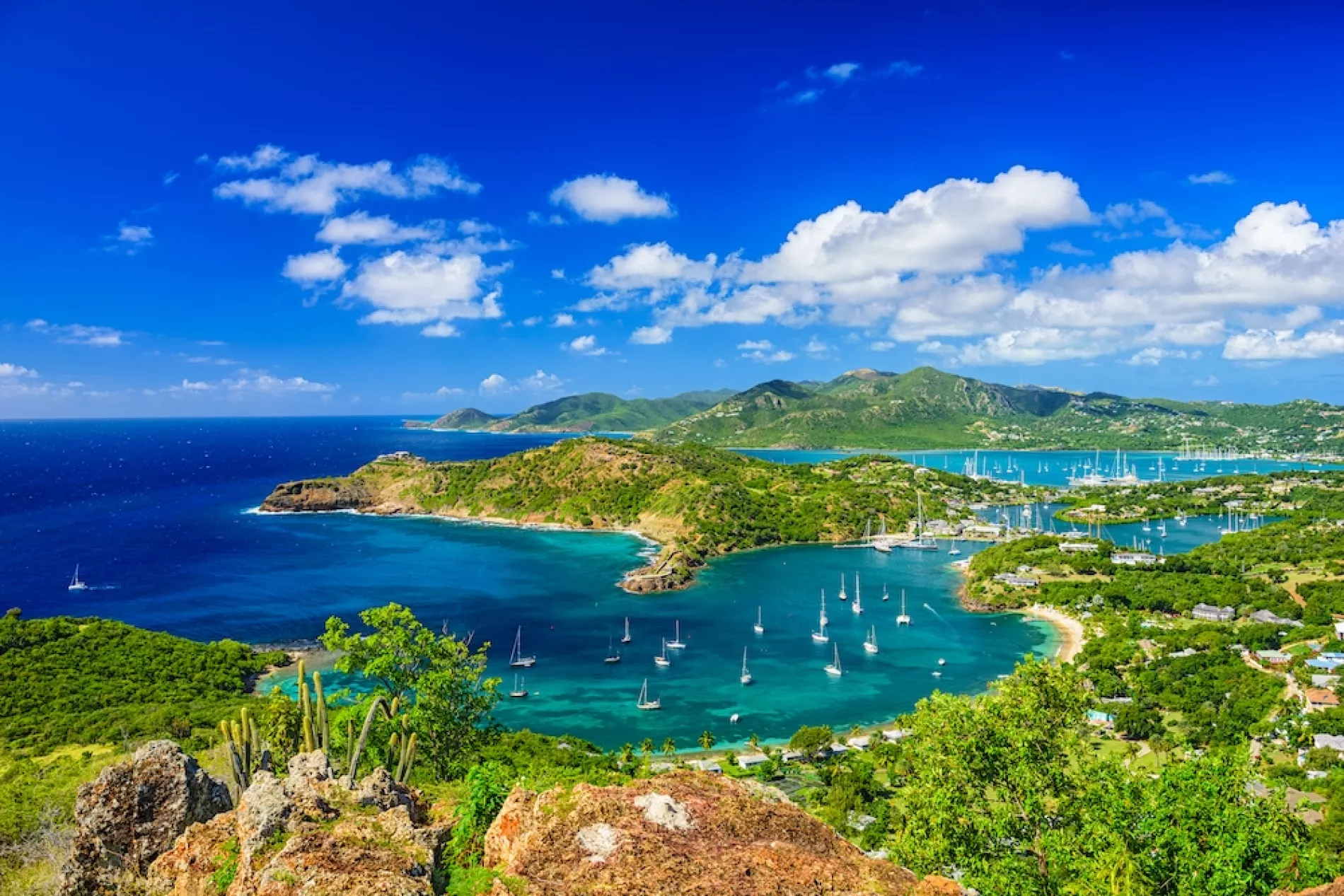Lost In A SeaDream
Could the day get any better? We had spent the morning on WhiteBay on the British Virgin Island of Jost Van Dyke, where a stunning sandy beach stretched out below gentle tropical hills. Small sailboats tugged on their anchor chains while tanned yachtsmen drank cold beer at the nearby One Love Bar. Offshore, the SeaDream
Could the day get any better? We had spent the morning on WhiteBay on the British Virgin Island of Jost Van Dyke, where a stunning sandy beach stretched out below gentle tropical hills. Small sailboats tugged on their anchor chains while tanned yachtsmen drank cold beer at the nearby One Love Bar.
Offshore, the SeaDream II, looking more yacht than cruise ship, completed the idyllic backdrop for our elaborate onshore luncheon. Improvement seemed impossible, but our day was about to become even more absurdly sybaritic.
Two waiters from the ship grabbed a surfboard while the Hotel Manager and Executive Chef – both in full uniform – placed a large tin of caviar on top of it. As they began wading into the Caribbean water, more waiters quickly followed with bottles of champagne.
Naturally, we eagerly waded into the surf after them. As the corks started popping and the caviar was served in the sea, my fellow incredulous passengers toasted our good fortune.
While this ‘Champagne and Caviar Splash’ seems some quixotic whim of the super-wealthy, it is a weekly event for SeaDream in the Caribbean.
Designed to replicate the private yacht experience, SeaDream II was originally built in 1985 as Sea Goddess II. Along with her original sister, they pioneered the small-ship, ultra-luxury concept. Exceptional service, all-inclusive pricing – including unlimited caviar and champagne – and well-heeled passengers made them the most indulgent cruises available.
By the time Atle Brynestad bought the ships in 2001, they were no longer the novelty they had been. Several companies such as Seabourn and Silversea had emulated the Sea Goddess model, and new ships boasted more amenities and balcony cabins.
The Sea Goddesses, however, were much smaller than their competitors, which carried up to 400. With only 112 passengers, looked after by a crew of 95, Brynestad wanted the “smaller is better” ethos to be a fundamental distinction for his new company, which he called SeaDream Yacht Club.
His philosophy was simple: SeaDream was to be the next thing to a true yacht experience. Every staff member should know every passenger’s name and no request should seem far-fetched. Do you want dinner outdoors every night? No problem. Champagne in the hot-tub at midnight? Of course. Want to sleep outside and have your stewardess make up a bed for you on deck? Right away.
An extensive refit in 2002 gave the ships a new lease on life. As originally built, they could feel crowded when full. Following their refit, however, outdoor deck space was significantly expanded. An additional larger bar on top of the ship served as a second social hub, eliminating potential congestion. The outdoor caf


